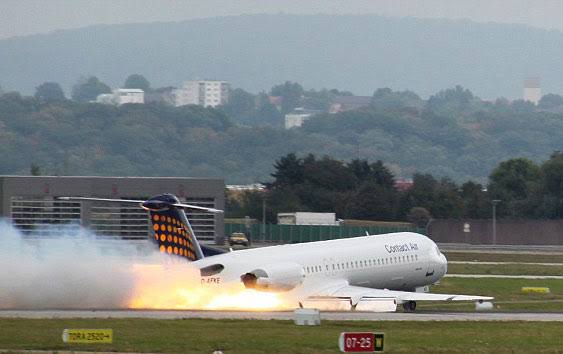Southwest 737 accident leaves passenger Dead, raises engine concerns
One passenger died and several others were injured when a Boeing 737 operated by Southwest en route from New York to Dallas suffered a serious engine blowout. Shrapnel broke a passenger window and penetrated the fuselage, forcing an emergency landing in Philadelphia.
Dominic Gates A serious in-flight accident aboard a Southwest Airlines 737 killed a passenger Tuesday, a rare and traumatic event in the nation’s typically safe aviation system that raised concerns focused on the aircraft’s engine and the cowl surrounding the engine fan.
It was the first passenger fatality due to an accident on a U.S. airline in more than nine years, and the first in Southwest’s history.
It happened not on an old airplane but on a Boeing 737, the reliable mainstay of daily domestic flights around the country and the world.In addition to the death, several other passengers were injured when Southwest Flight 1380, en route from New York’s LaGuardia Airport to Dallas Love Field, suffered a serious engine blowout 20 minutes into the flight at 32,500 feet, forcing an emergency landing in Philadelphia.
The left engine exploded with such force that shrapnel penetrated the aircraft’s fuselage and broke a window in the passenger cabin, causing depressurization and the deployment of oxygen masks.
The pilots — Capt. Tammie Jo Shults and an unidentified co-pilot — guided the plane carrying 144 passengers and five crew to a smooth landing. According to flight-tracking service FlightAware, the jet landed 20 minutes after the explosion.
Emergency vehicles drenched the damaged left engine in foam to prevent a fire as passengers exited the plane via stairs on the right side.
The woman who died was identified by Albuquerque TV news station KOAT as Jennifer Riordan, 43, a mother of two children and vice president of community relations at Wells Fargo in Albuquerque, New Mexico.
In preliminary briefings, National Transportation Safety Board (NTSB) Chairman Robert Sumwalt said that inspection of the damaged engine revealed that one of the titanium blades on the big fan had broken off at the root, and that there was evidence of metal fatigue at the site where it broke.
He said metal fatigue is a major problem.
“There are supposed to be inspections to look for potential cracks,” he said. “There need to be proper procedures in place to inspect for them.”
Sumwalt said the inlet cowling that surrounds the fan was found on the ground in Bucks County, about 60 miles from the airport.






